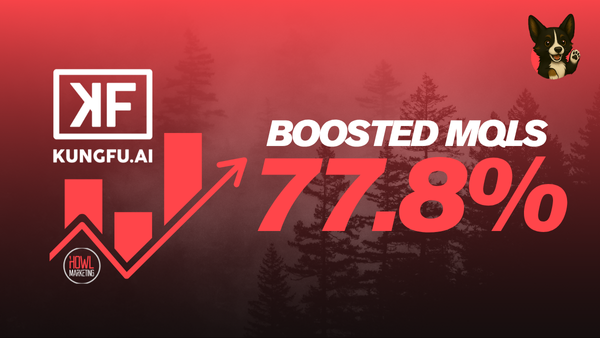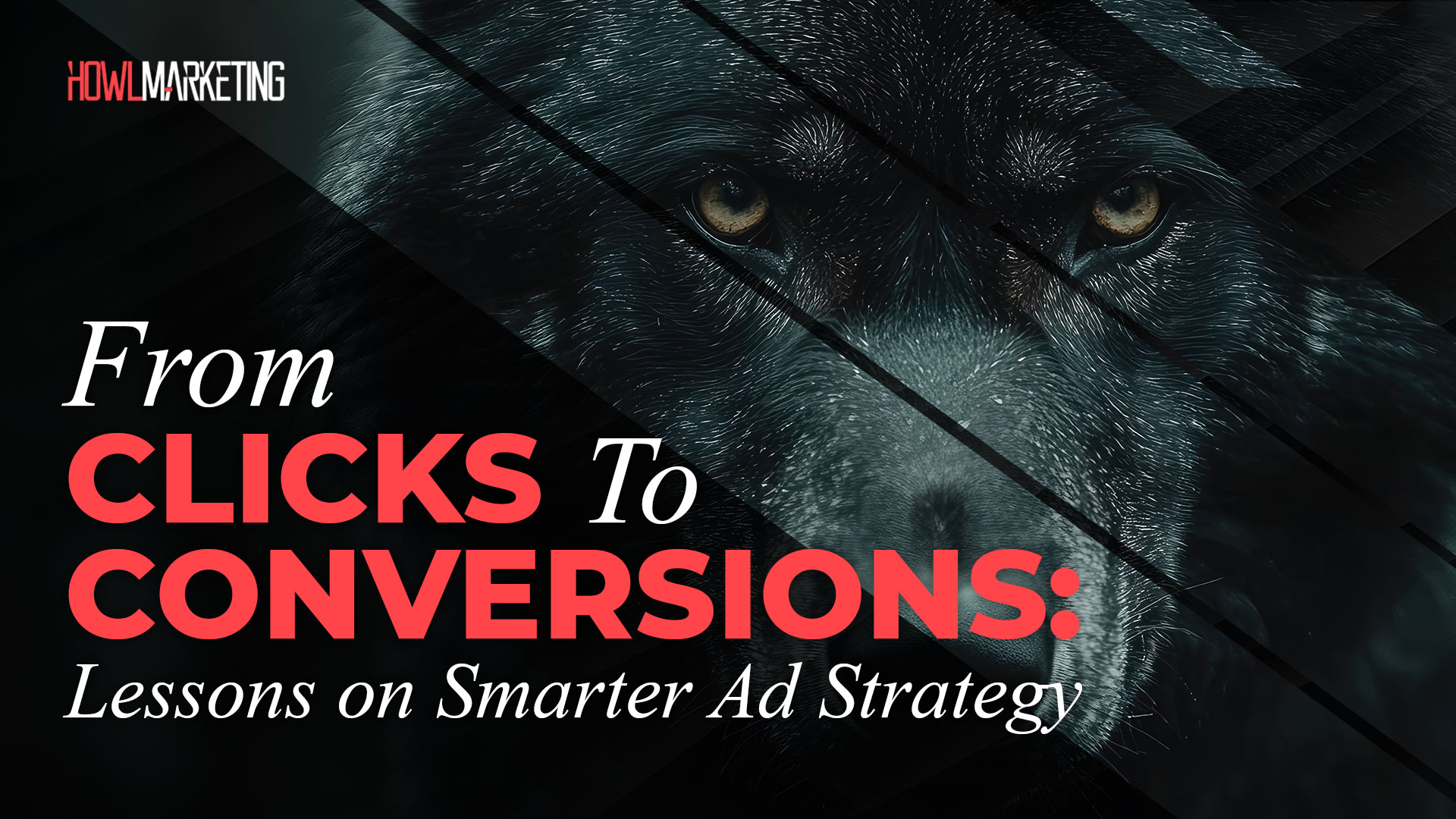
From Clicks to Conversions: Lessons on Smarter Ad Strategy
The Challenge of Data That Doesn’t Tell the Whole Story
Why Offline Conversion Tracking Changed Everything
To solve this, we introduced Offline Conversion Import (OCI). It’s not glamorous, but it’s powerful. OCI allows you to take booked revenue or closed deals and feed it back into the ad platform, so the algorithm can learn what a qualified lead looks like.
In this case, it meant:
- Exporting booking data manually.
- Cleaning it in spreadsheets.
- Uploading it regularly into the ad account.
Not ideal, but until the tech stack evolved, it gave the campaigns a fighting chance to optimize against quality rather than vanity metrics.
When Automation Backfires
Like many businesses, this client experimented with an AI-driven bidding feature. At first glance, it was a dream: more conversions, more leads, lower cost per acquisition.
But when we dug deeper, the story changed. Nearly all of those “new leads” were unqualified, people outside the client’s target market who would never book. None had converted to paying customers.
Building Smarter Campaign Structures
Next, we restructured campaigns with a few strategic shifts:
- Competitor Signals: Instead of only chasing broad terms, we layered competitor URLs into automated campaigns. This helped conquest customers already comparing options.
- Excluding Non-Commercial Pages: Ads had been sending traffic to pages like “Contact Us” and “Careers,” which meant clicks that never converted. By excluding those URLs, we protected the budget for real prospects.
- Demand Generation Expansion: Beyond lead forms, we invested in a Demand Gen campaign across YouTube, Gmail, and Discover. The goal: stay top of mind with vertical video assets and remarketing audiences, not just chase direct conversions.
Quality Scores, Landing Pages, and the Hidden Leaks
One surprising discovery was the brand campaign’s quality score. On paper, it looked strong, an 8 out of 10. But deeper audits surfaced opportunities to make it even better:
- Our audit uncovered opportunities to further improve mobile load times.
- We tested broad variations to see what resonated, then refined messaging to focus on the best performers.
- By first allowing PMAX to scrape the site, we learned where users gravitated, then suppressed less relevant paths so the algorithm could optimize.
The Bigger Lesson
Here’s the truth: great ad campaigns aren’t built on flashy features or inflated dashboards. They’re built on clean data, consistent feedback loops, and a willingness to refine continuously.
This project reinforced three lessons that apply to any business running digital ads:
- Data must flow both ways. If your CRM doesn’t talk to your ad platform, find a workaround until it does.
- Automation is only as good as your inputs. Don’t celebrate more leads until you’ve confirmed they’re the right ones.
- Audits uncover what metrics hide. Quality scores, landing pages, and attribution setups matter as much as the ads themselves.
Where to Go From Here
- Can I connect my booked revenue back to my campaigns?
- Do my campaigns reward quality or just quantity?
- When’s the last time I reviewed my landing pages and audience signals?
Your answers may reveal that the problem isn’t your ads, it’s your infrastructure.
Let’s talk and see how your ad dollars can start working smarter, not jut harder.
Recent Posts


Public Figures, Public Impact: Leadership in Motion


Know Your Why: Lessons From Senator Shevrin Jones at LegacyCon 2025

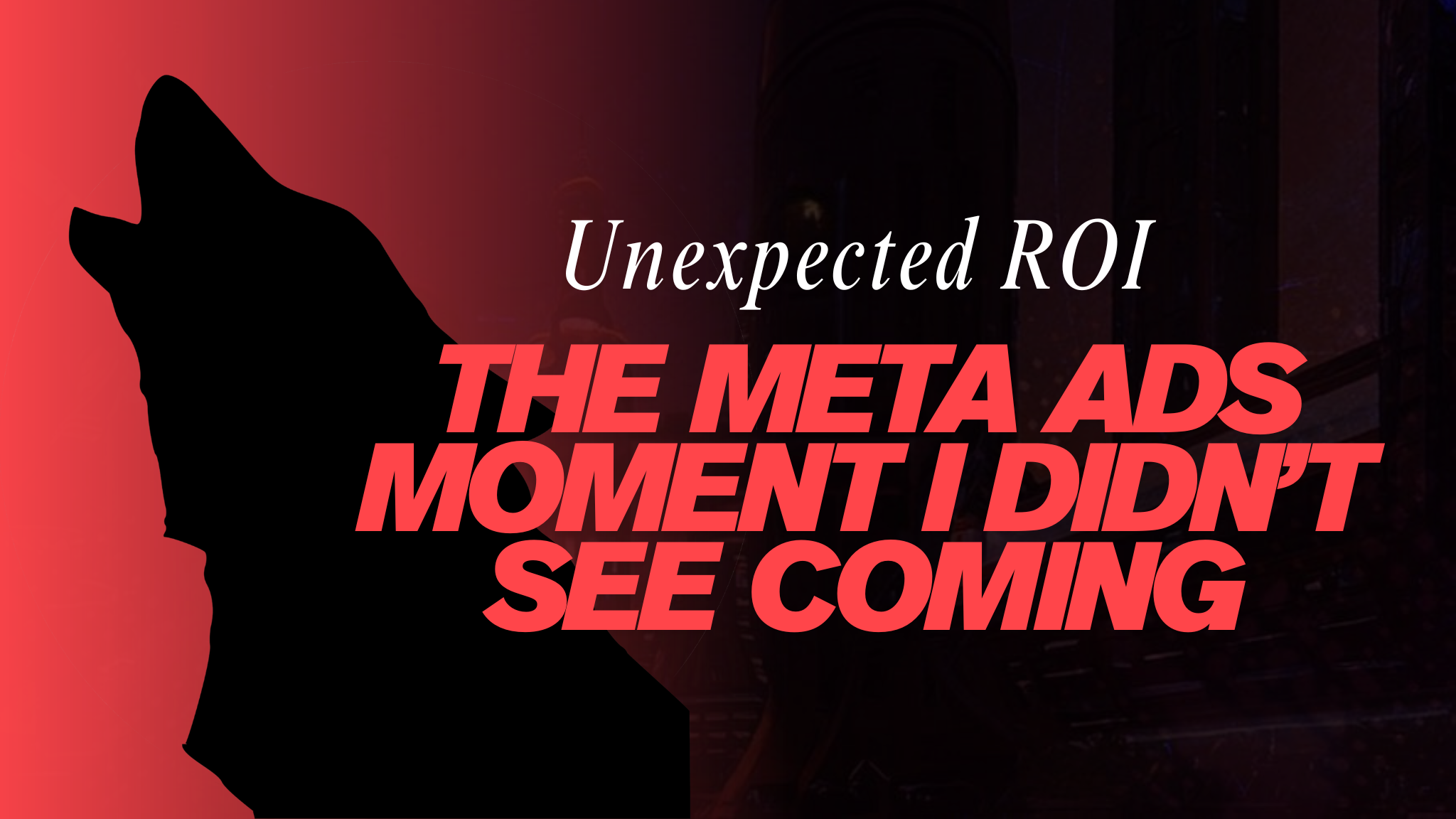
The Meta Ads Moment I Didn’t See Coming

Shot Ready: What Steph Curry’s Billboard Teaches Us About Brand Clarity

Building Trust in a World of Skeptic Buyers
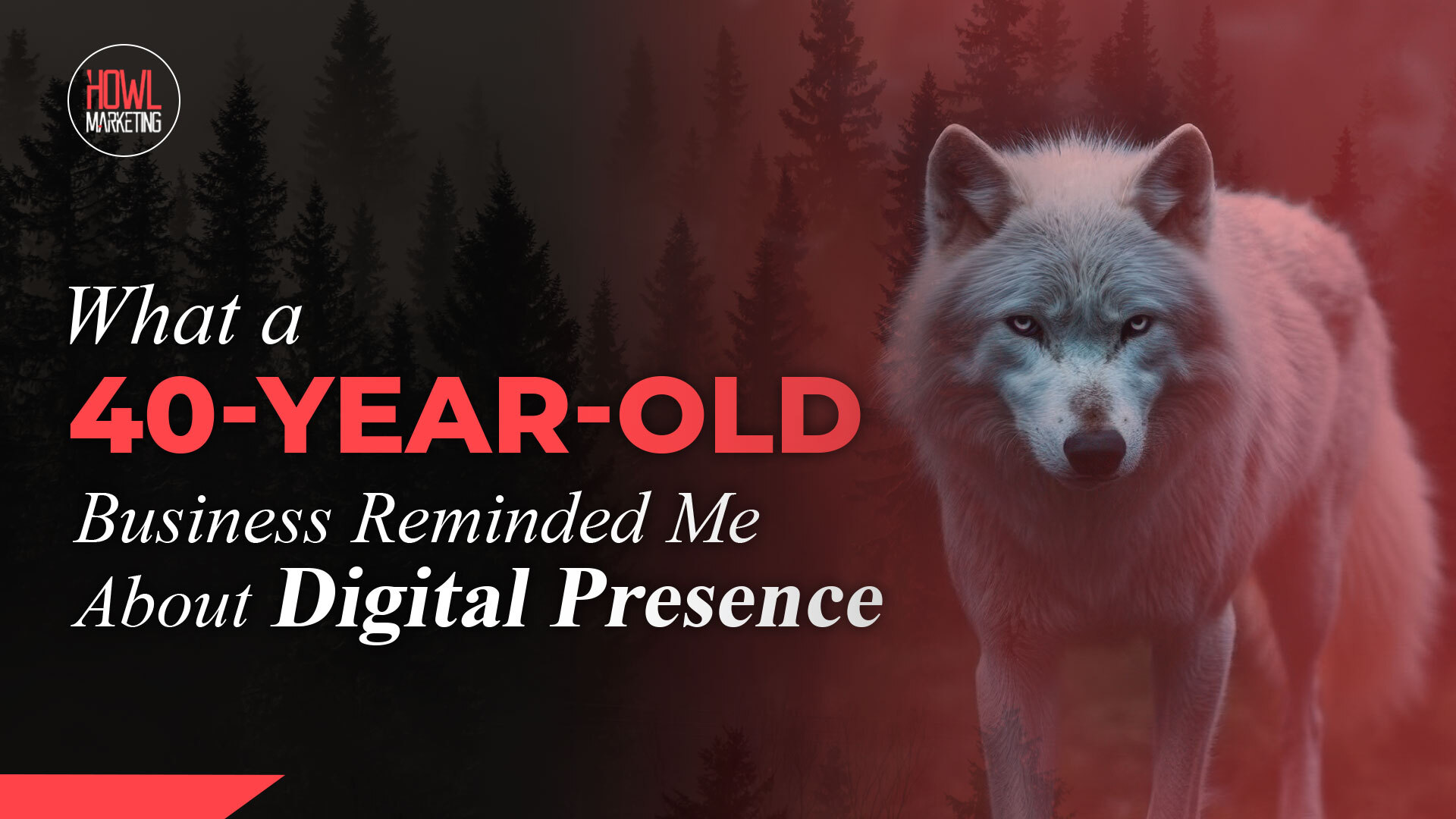
What a 40-Year-Old Business Reminded Me About Digital Presence
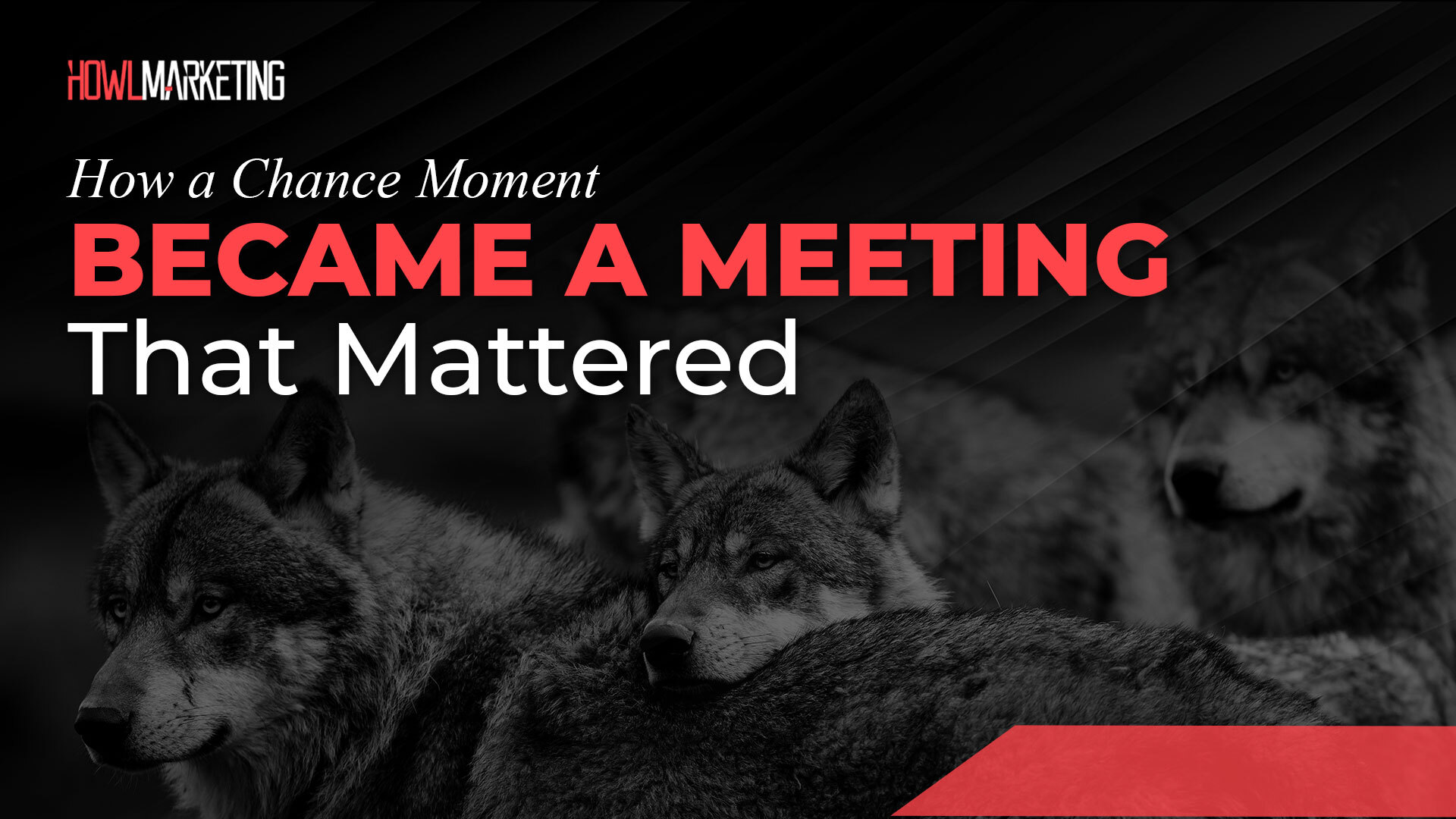
How a Chance Moment Became a Meeting That Mattered
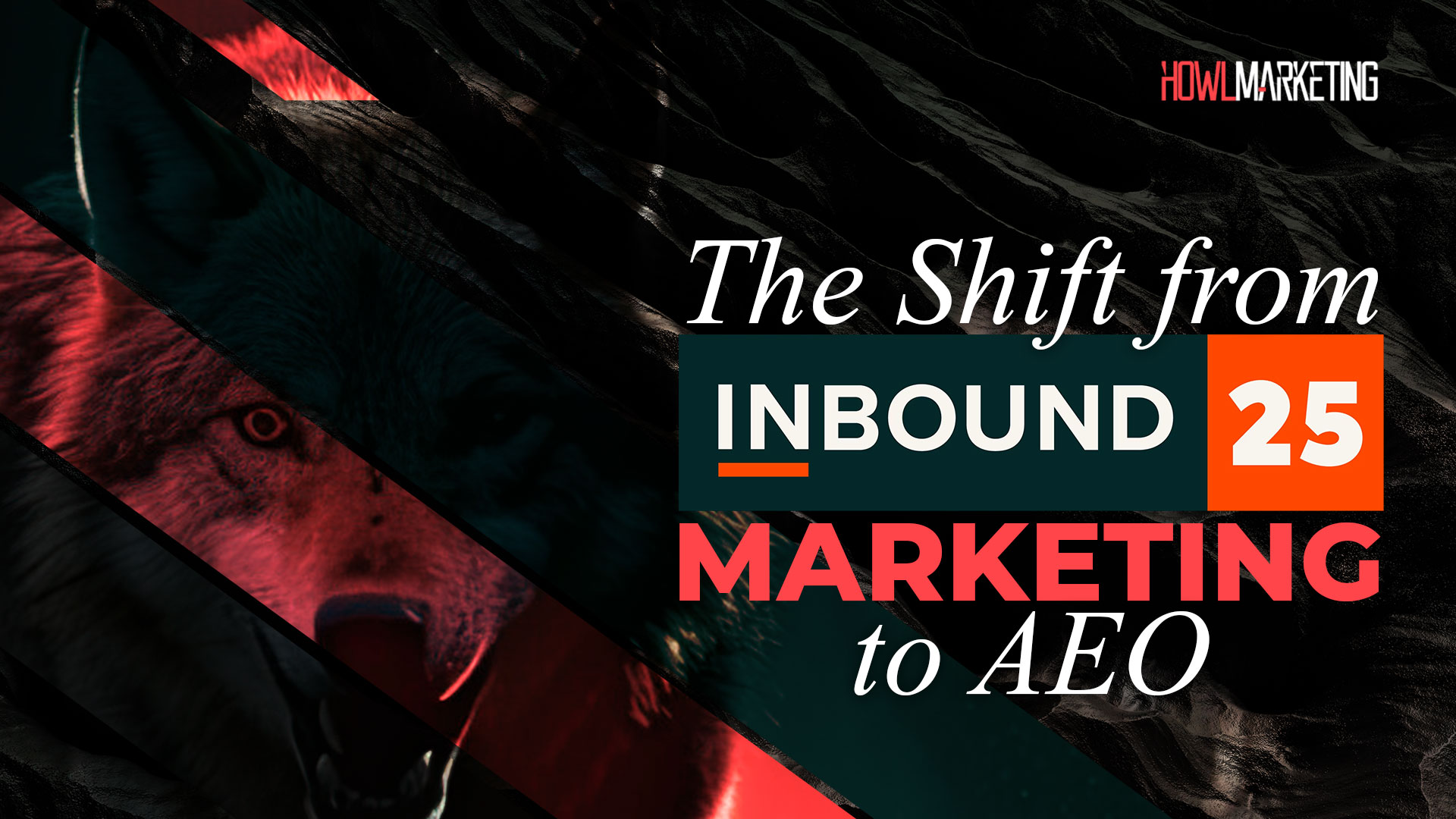
The shift from INBOUND Marketing to AEO
